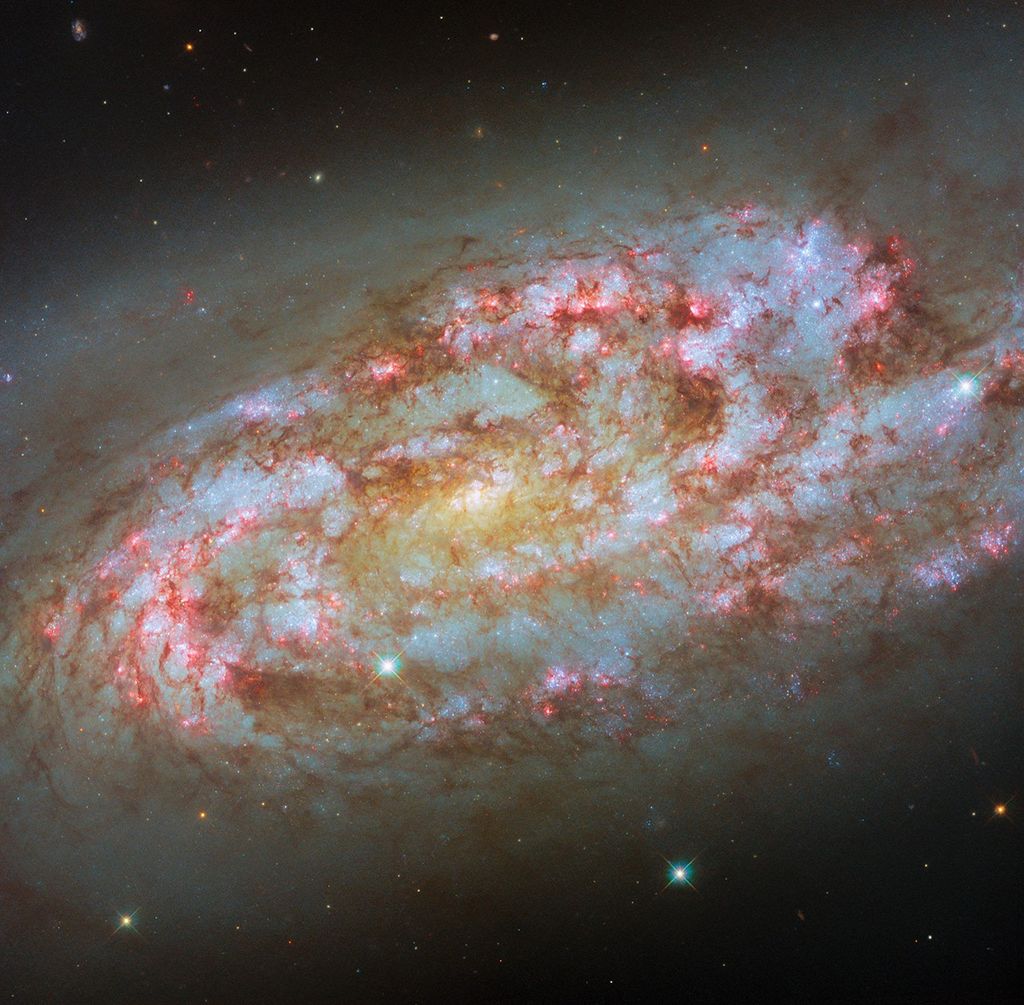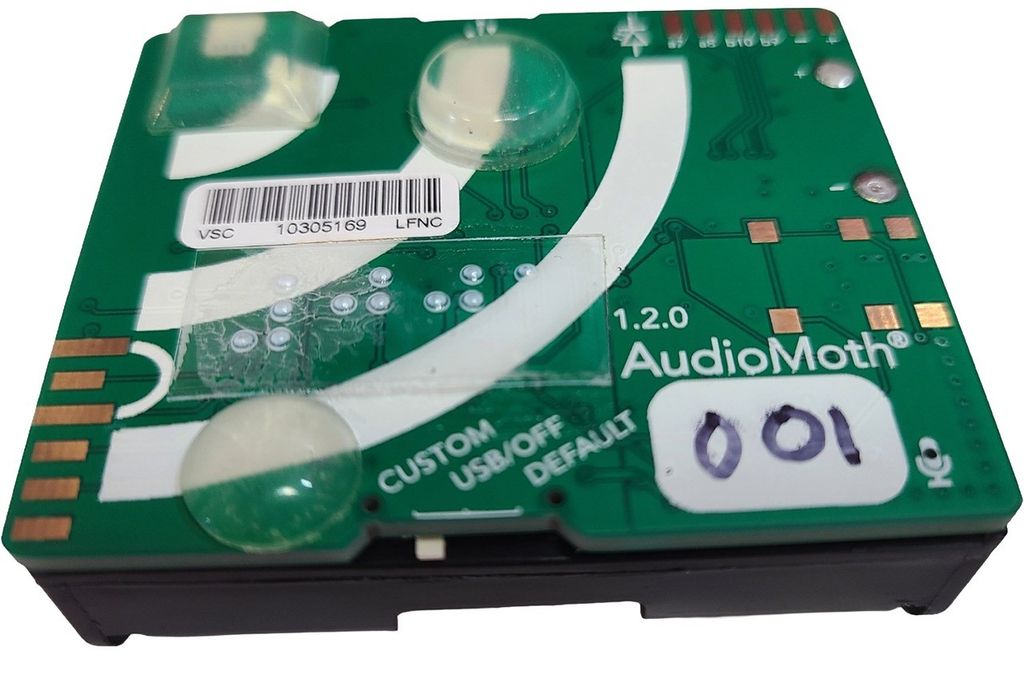Technology Development
Aerocapture technologies have the potential to enable orbital missions to the outer planets and their satellites by the judicious use of aerodynamic forces in a planetary atmosphere. These forces can be used to guide a spacecraft from an inbound approach trajectory to its final desired orbit. During the past few decades, SMD has sponsored several technology development efforts to advance aerocapture capabilities. In 2017, SMD’s Planetary Science Division commissioned the NASA Jet Propulsion Laboratory (JPL) to execute a research activity focused on assessing the readiness of aerocapture for NASA’s future exploration missions. The investigation examined the state of the art for thesemissions with an emphasis on identifying any technology or risk reduction investments that would be most beneficial (or required) for robotic science missions.
Using aerocapture rather than a propulsive orbital insertion is beneficial for three primary reasons. First, given a particular launch vehicle, the use of aerocapture can deliver more payload mass to orbit. The reduced mission mass results in more available spacecraft resources for the science application at the final destination. Second, the use of aerocapture can reduce the time required to travel from Earth to the final exploration destination. Finally, aerocapture is associated with cost savings that result from the use of a more affordable launch vehicle.Advanced technologies necessary to implement a successful aerocapture mission include aeroshells; thermal protection systems (TPS); guidance, navigation, and control; and communications capabilities. Previous SMD technology development efforts such as the refinement of atmospheric models and the maturation of aeroshell and TPS materials have directly contributed to the current readiness of the aerocapture capability.
The JPL team conducted an extensive review of the available technologies for implementing aerocapture at multiple solar system destinations, from Venus to Neptune. The effort included a detailed examination of the timing sequence for an aerocapture maneuver and an assessment of the potential risks throughout aerocapture execution. The overwhelming conclusion from the review is that NASA is technologically ready to incorporate aerocapture for missions to Titan, Mars, and Venus. The team further concluded that there is no need to complete an aerocapture flight demonstration prior to implementing an aerocapture approach into a flight mission.
Impact
This study demonstrated that NASA’s investments to mature aerocapture technologies have resulted in mission-ready capabilities that will enable and enhance future orbital missions to several important destinations in our solar system. Implementation of aerocapture techniques may reduce the cost and increase the scientific potential of these missions, which are designed to expand our understanding about the content, origin, and evolution of the solar system.
Future Plans
The study team concluded that the technology is sufficiently mature for the use of aerocapture at several planetary destinations of interest. NASA may incorporate the use of aerocapture on upcoming flagship missions as appropriate.
Sponsoring Organization
SMD’s Planetary Science Division commissioned this technology study, which was performed by a team at NASA JPL.































